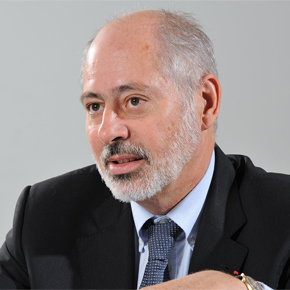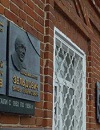 |
||
|
Investigators Deny Secret Video in Submarine Disaster Trial RIA Novosti, PUBLISHED April 23, 2013 Russian law enforcement officials denied on Tuesday the existence of an alleged "secret" video showing what happened during a fatal accident on the Russian Navy's Nerpa nuclear attack submarine in November 2008, in which 20 people died. The Akula II-class submarine was undergoing sea trials when its freon gas-based fire suppression system was accidently triggered, suffocating 20 of the 208 people on board and injuring at least 21. The incident was Russia's worst naval accident since the sinking of the Kursk nuclear submarine in 2000. The original trial of Lavrentyev and Grobov was also dogged by controversy. A former senior Pacific Fleet medical officer alleged in May 2011 that the Nerpa's firefighting system contained a "lethal" mixture of freon and trichloroethylene – a commonly used industrial solvent that is highly toxic and corrosive – rather than pure freon. Workers at the Amur Shipyard where the submarine was built said in an open letter in the same month that Lavrentyev and Grobov were "scapegoats" and that the disaster was the result of "corruption and disintegration of the military-industrial sector." Following repairs that cost an estimated 1.9 billion rubles (about $60 million), the submarine was cleared for final sea trials before being commissioned with the Russian Navy and finally leased to the Indian Navy in April 2012. It is now named the Chakra II. Other news: The transaction on consolidation of a 100% stake in Uranium One Inc. by ARMZ Uranium Holding Co. has been approved both by the Ontario Superior Court of Justice in Canada, and regulators in Russia, Australia and the USA. Russia Eyes Nuclear Power Project in Finland – Source A government source told RIA Novosti. Belarus NPP: the construction is ahead of schedule In September 2013 it is necessary to complete work on all 62 facilities of the construction support base and off-site grids and utilities. |
Hero of the day 
Jacques Repussard: knowledge, independence, proximity They told me: "Mr Repussard, we're not used to responding to anti-nuclear organisations". To which I replied: "We will not reveal any state or trade secrets, but we will not leave them without any answer". INTERVIEW
Georgy Toshinsky OPINION
Andrey Zolotov, Jr. |

